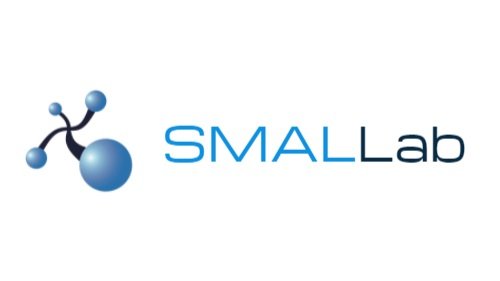T.H.E. Journal recently surveyed principals from across the country to identify the attributes they think a principal who wants to be an effective technology leader should demonstrate. The consensus settled on the seven attributes most frequently mentioned. They constitute our list of "Seven Habits." At the same time, T.H.E. Journal solicited insight into why each of these habits is important from Robert Farrace, senior director of communications and development with the National Association of Secondary School Principals. Jennifer Demeski writes for T.H.E. Journal, June 7, 2012.
We then spoke with three highly effective technology leaders among the ranks of principals to see how these habits have led to the successful implementation of educational technology in their schools. Patrick Larkin, of Burlington High School in Burlington, MA, and Eric Sheninger, of New Milford High School in New Milford, NJ, were recently recognized as NASSP Digital Principals. Lyn Hilt is both the principal and technology integrator at Brecknock Elementary School in Denver, PA. She and Larkin will speak on the topic of 21st century leadership at ISTE 2012.
Here are the highlights:
1. Create an Atmosphere That Inspires Innovation
Eric Sheninger, of New Milford High School in New Milford, NJ, says of his school, "If we're not trying new things, we're not learning. And if we're trying new things, then we're going to fail sometimes. It's creating an environment where my teachers are afforded a certain level of autonomy, but in turn, I need to be more flexible."
2. Foster Collaboration
Farrace: "What we have today are schools that are far more collaborative. We can attribute that in large part to principals who are leading that collaboration in their school.
"One of the things we have to teach our students is how to be collaborative, not just with each other, but on a large scale using digital tools," remarks Patrick Larkin. "If the adults in the building aren't collaborating with each other and having these open conversations using tools like Twitter, then it's not going to translate down to our students."
3. Be Open to New Ideas
Farrace: "It's the principal's job to get everybody in the school involved and invested in a new vision for the school and to demonstrate to them that their input is valued. The two of those feed off of one another. More collaboration contributes to a more solid culture that allows the kind of innovation and vision that all of us are really aspiring to. Great ideas are going to bubble up and sometimes the smartest thing a principal can do is provide support for a teacher with a good idea and then get out of their way and let them do it."
4. Be a Connected Learner Yourself
"If I can pinpoint the catalyst for all of the change and transformation that's taken place in my school, none of it happened until I became a connected learner," remarks Sheninger. "I had no idea what the term web 2.0 was. I had no idea that social media could be harnessed for learning. I was ignorant because I was not educated. Once I started learning from other educators who were doing other things with technology, I quickly learned how much I didn't know."
"As a leader I should not have to sell my staff on ways to improve and get better," he adds. "I want them to truly see the value in these shifts. I'm now sitting back with a smile on my face, watching my teachers take the lead and move us forward. But it wasn't until I actually started meeting with teachers, taking a hands-on approach, and showing them simply that if I can do this, and if I can give them some simple ideas on how to incorporate technology, then you can go from that starting point and really think of more practical ways to integrate these tools into your lessons."
5. Locate and Provide Adequate Resources
Farrace: "Unfortunately, finding the funding for these initiatives is really, really hard. Principals have to become experts at doing more with less...I don't have a formula except to say that principals have gotten very creative about where they find the money."
Funding Burlington High's iPad initiative required that Larkin "think different." For him, that meant combing through past budgets to find areas that no longer needed to be funded once the iPads were in students' hands. "We decided that we were buying no new sets of textbooks," explains Larkin. "Instead of paying for a new history textbook for 250 10th-graders at $100 apiece, we're providing teachers a lot of support and training to find online resources to supplement their curriculum."
6. Take Risks
Farrace: "Risks are really just opportunities. When you frame a risk as an opportunity, then, yeah, of course you want to be taking advantage of it.
7. Have a Visionary Focus
Farrace: "Allow the work to be focused by your vision, because there are a million different things that are crossing the principal's desk every day. What is the stuff that matters? The stuff that matters is the stuff that's really going to contribute to your students' learning."
Read the entire article here.

